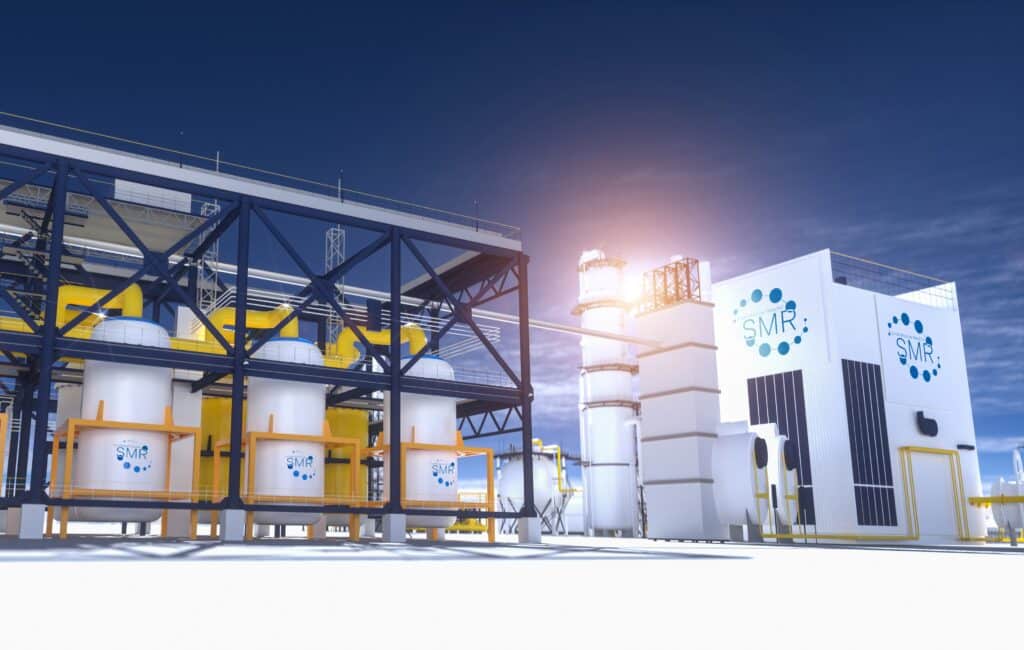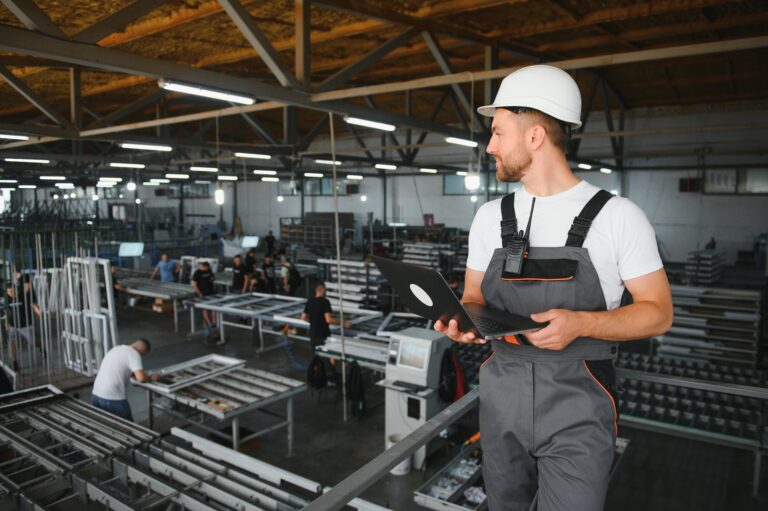As the global energy sector evolves, nuclear operators are facing increasing pressure to reduce emissions, cut costs, and modernize infrastructure, without compromising safety or reliability. One of the most promising innovations making this possible is the small modular reactor, or SMR. Compact, scalable, and efficient, these new reactors offer significant advantages over traditional nuclear facilities. But as the technology advances, so too must operational strategies and workforce planning.
The Rise of the Small Modular Reactor
A small modular reactor is a nuclear fission reactor with an output of up to 300 megawatts electric (MWe). Unlike traditional reactors, which are built on-site and require significant infrastructure and investment, SMRs are factory-assembled and shipped to their final location for installation. These modular designs reduce construction timelines, minimize risk, and lower the barrier to entry for new nuclear development.
According to the International Atomic Energy Agency (IAEA), over 80 small modular reactor designs are currently under development worldwide, with interest spanning from North America to Eastern Europe and Asia.
Strategic Benefits for Energy Operators
SMRs are not just smaller versions of conventional nuclear reactors, they’re a strategic leap forward in how we think about energy deployment. Here are a few standout benefits:
- Scalability: Multiple small modular reactors can be added incrementally based on energy demand.
- Enhanced safety: Passive safety systems and below-grade installation reduce accident risk.
- Cost control: Factory-built units allow for predictable manufacturing and delivery timelines.
- Site flexibility: Their compact size enables deployment in remote or smaller grid environments.
As countries move toward decarbonization, SMR technology is being considered as a key tool for replacing aging coal infrastructure and supplementing renewables with consistent baseload power.
Operational Impact for Nuclear Facilities
Traditional nuclear projects can take a decade or longer to bring online. In contrast, the modular nature of SMRs means construction can be completed in 3–5 years, depending on the design and regulatory process. The ability to standardize and replicate builds across different sites offers a major advantage for operators looking to scale up quickly without the historical delays of large-scale nuclear development.
For example, NuScale Power’s VOYGR™ SMR design promises the potential for a 12-module plant to be operational in under six years from site preparation to power generation. This phased approach reduces strain on labor and financial resources and enables operators to generate revenue from initial modules while completing the rest of the plant.
NuScale SMR factory-fabricated modules also allow for parallel construction activities, meaning civil site work and module manufacturing can occur simultaneously, dramatically reducing total project timelines compared to conventional builds.
Staffing and Workforce Considerations
With reduced facility size and enhanced automation, small modular reactors will not require the same staffing levels as traditional plants. However, the complexity of the technology demands a highly skilled, digitally fluent workforce. Operators will need to:
- Hire and retain multi-disciplinary teams for engineering, cybersecurity, and automation oversight.
- Comply with evolving nuclear regulatory staffing and safety standards.
- Adapt to decentralized, multi-site operations if deploying SMRs across several regions.
- Develop ongoing training programs to upskill workers on new technologies, safety protocols, and digital systems unique to SMRs.
As staffing becomes leaner but more specialized, real-time visibility into workforce skills, certifications, and scheduling is critical. With fewer personnel on-site, every role must be filled by someone fully qualified and compliant. A single oversight can lead to operational delays or regulatory risk. Centralized visibility ensures the right people are in the right place at the right time.

How Indeavor Supports SMR Workforce Readiness
The workforce model for small modular reactors will be fundamentally different from legacy nuclear plants. Indeavor helps nuclear operators adapt to this shift through:
- Centralized scheduling: Automate shift assignments, reduce manual errors, and ensure round-the-clock coverage across all locations.
- Skills and compliance tracking: Ensure only qualified individuals are assigned to critical roles with real-time credential validation.
- Scalable deployment: Plan staffing for phased SMR rollouts and adjust in real time as commissioning and operation timelines evolve.
- Labor forecasting and analytics: Anticipate future gaps in your workforce and proactively align hiring and training plans.
By aligning labor planning with reactor deployment schedules, operators can eliminate unnecessary downtime, reduce compliance risk, and optimize resource allocation.
Preparing for the Future of Nuclear Energy
SMRs represent a pivotal advancement in nuclear energy, offering flexibility, safety, and speed in an industry known for its complexity and regulation. But as the small modular reactor market grows, operators must be ready to rethink their workforce management strategies. From digital scheduling to automated compliance tracking, the right tools can make all the difference.
Indeavor empowers energy operators to prepare their teams for the future. Whether you’re piloting your first small modular reactor or planning a nationwide rollout, our platform ensures your workforce is ready—today and tomorrow.
For operators, success in this new era will depend not just on choosing the right reactor technology but on building a workforce strategy that is agile, compliant, and data-driven. Schedule a demo with Indeavor to learn more about solutions for the nuclear industry.
About the Author
Claire Pieper is the Digital Marketing Specialist for Indeavor. In her role, she specializes in crafting strategic and engaging content, ensuring that customers are well-informed. Claire is dedicated to enhancing the customer experience and optimizing the user journey through Indeavor’s solutions. To learn more or get in touch, connect with Claire on LinkedIn.



